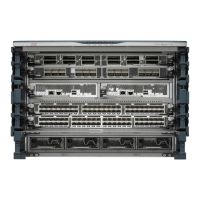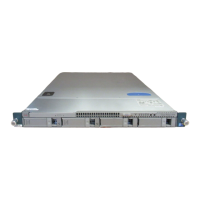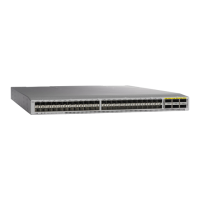Send document comments to nexus7k-docfeedback@cisco.com.
9-17
Cisco Nexus 7000 Series NX-OS Unicast Routing Configuration Guide, Release 4.x
OL-20002-02
Chapter 9 Configuring IS-IS
Configuring IS-IS
Configuring the Attached Bit
You can configure the attached bit to control which Level1/Level2 router that the Level 1 routers use as
the default route to the Level 2 area. If you disable setting the attached bit, the Level 1 routers will not
use this Level1/Level 2 router to reach the Level 2 area.
To configure the attached bit for a Level1/Level2 router, use the following command in router
configuration mode:
Configuring the Transient Mode for Hello Padding
You can configure the transient mode for hello padding to pad hello packets when IS-IS establishes
adjacency and remove that padding after IS-IS establishes adjacency.
To configure the mode for hello padding, use the following command in router configuration mode:
Configuring a Summary Address
You can create aggregate addresses that are represented in the routing table by a summary address. One
summary address can include multiple groups of addresses for a given level. Cisco NX-OS advertises
the smallest metric of all the more-specific routes.
BEFORE YOU BEGIN
Ensure that you have enabled the IS-IS feature (see the “Enabling the IS-IS Feature” section on
page 9-7).
Ensure that you are in the correct VDC (or use the switchto vdc command).
Command Purpose
set-overload-bit
{always
|
on-startup
{
seconds
| wait-for bgp
as-number
}}
[suppress
[interlevel | external]]
Example:
switch(config-router)# set-overload-bit
on-startup 30
Sets the overload bit for IS-IS. The seconds range
is from 5 to 86400.
Command Purpose
[no] attached-bit
Example:
switch(config-router)# no attached-bit
Configures the Level1/Level 2 router to set the
attached bit. This is enabled by default.
Command Purpose
[no] isis hello-padding
Example:
switch(config-if)# no isis hello-padding
Pads the hello packet to the full MTU. The default
is enabled. Use the no form of this command to
configure the transient mode of hello padding.
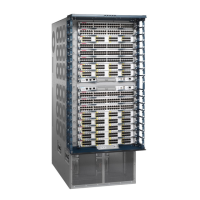
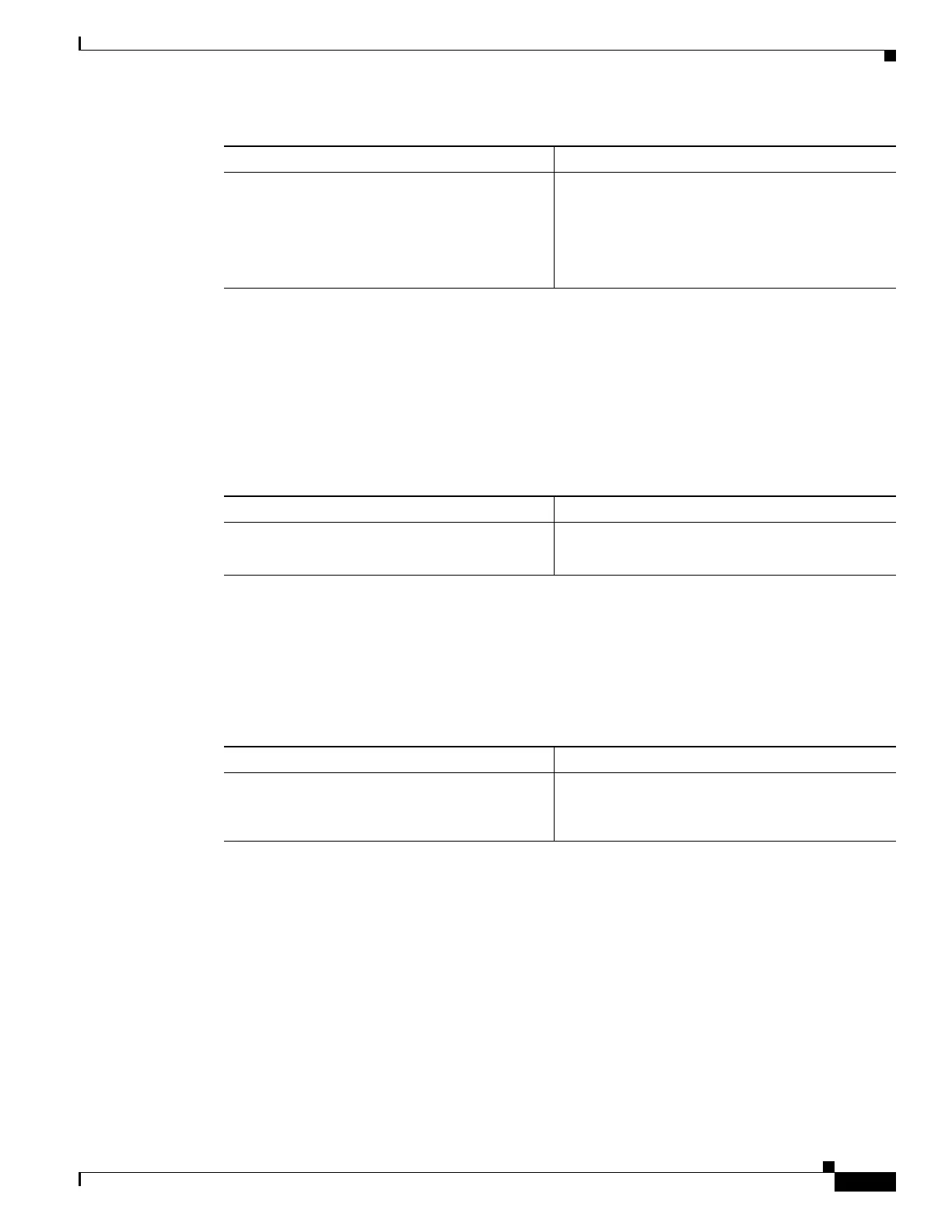